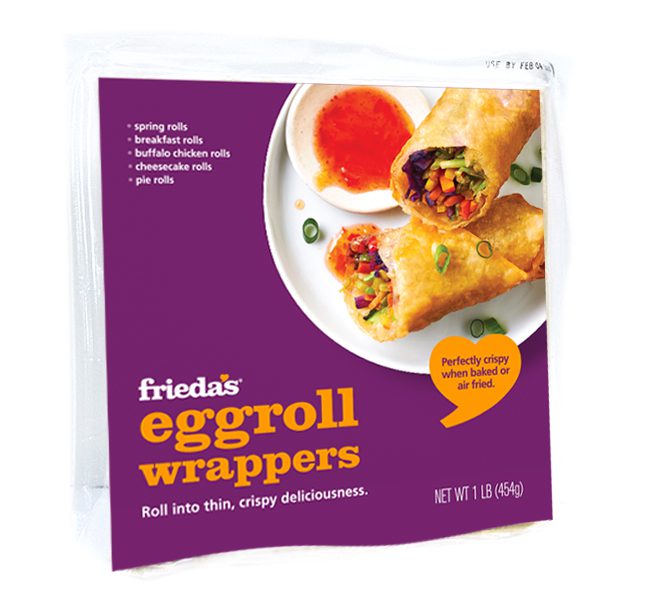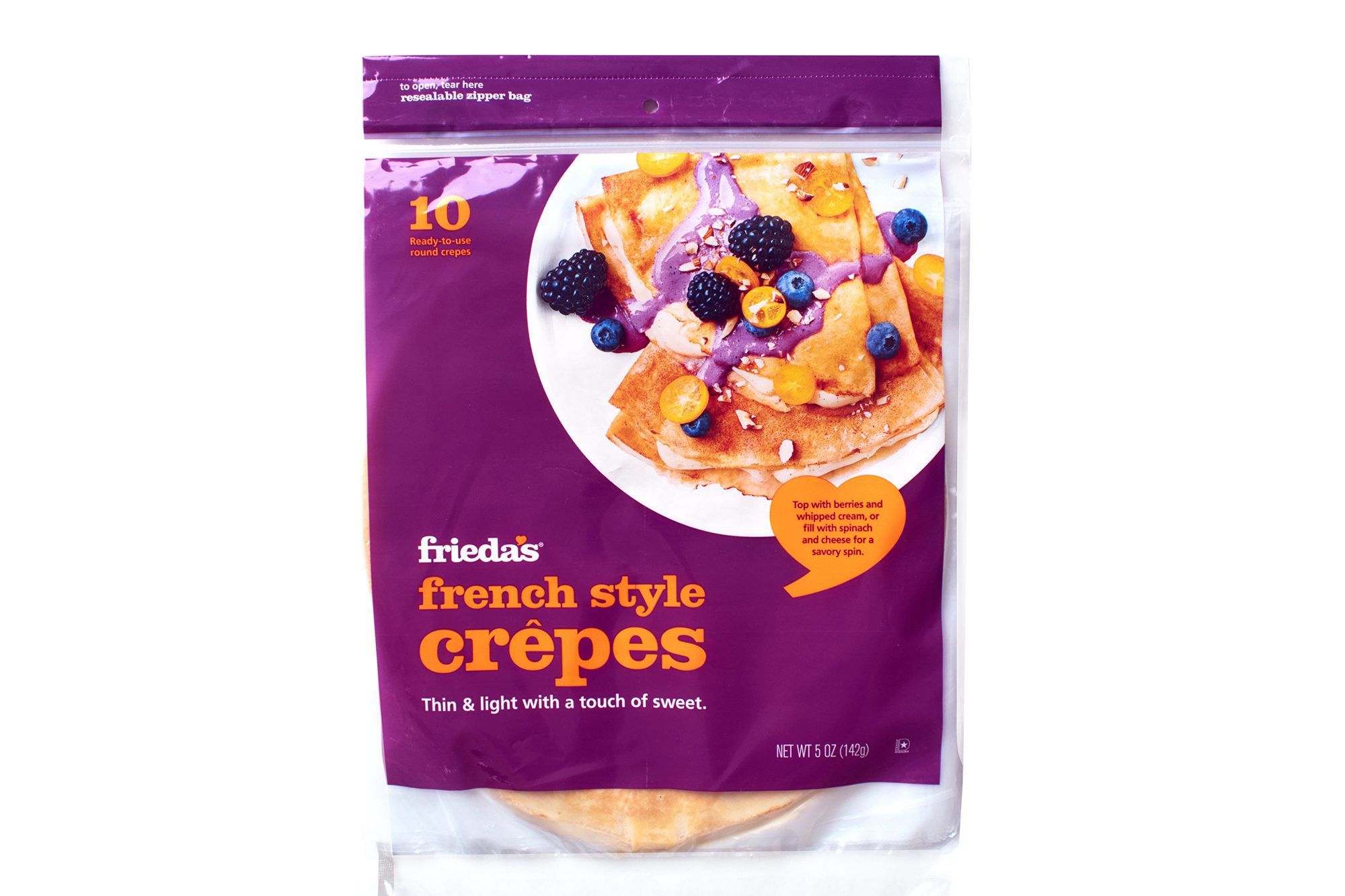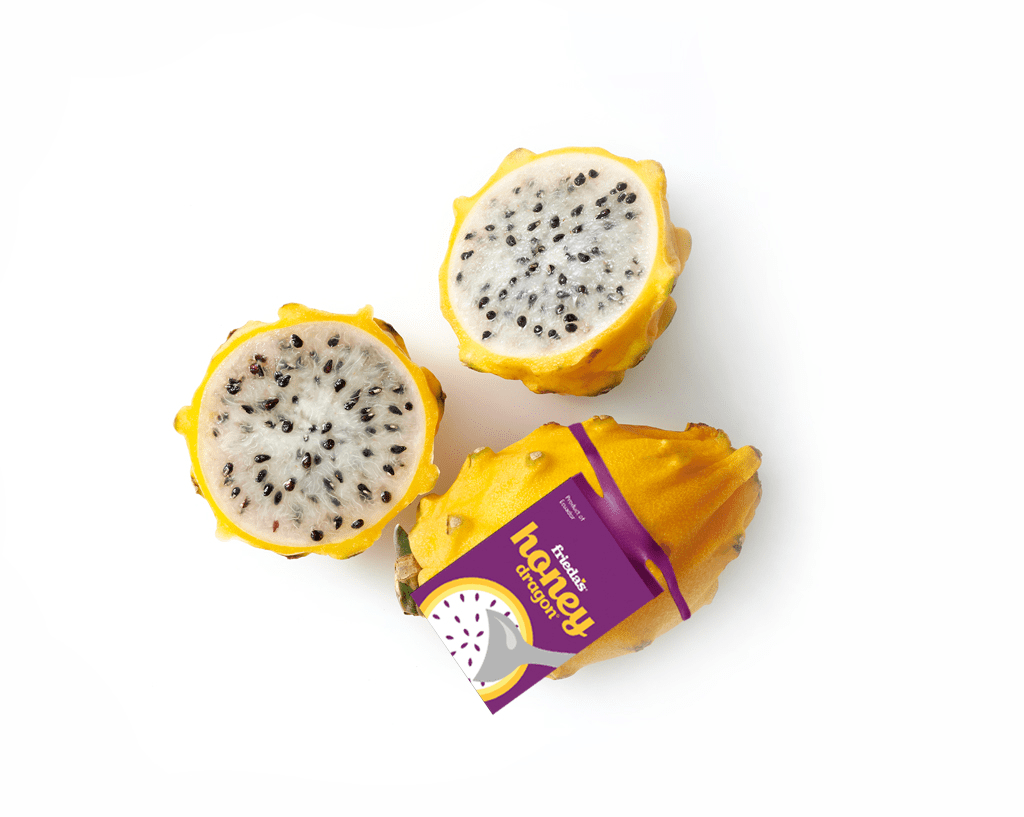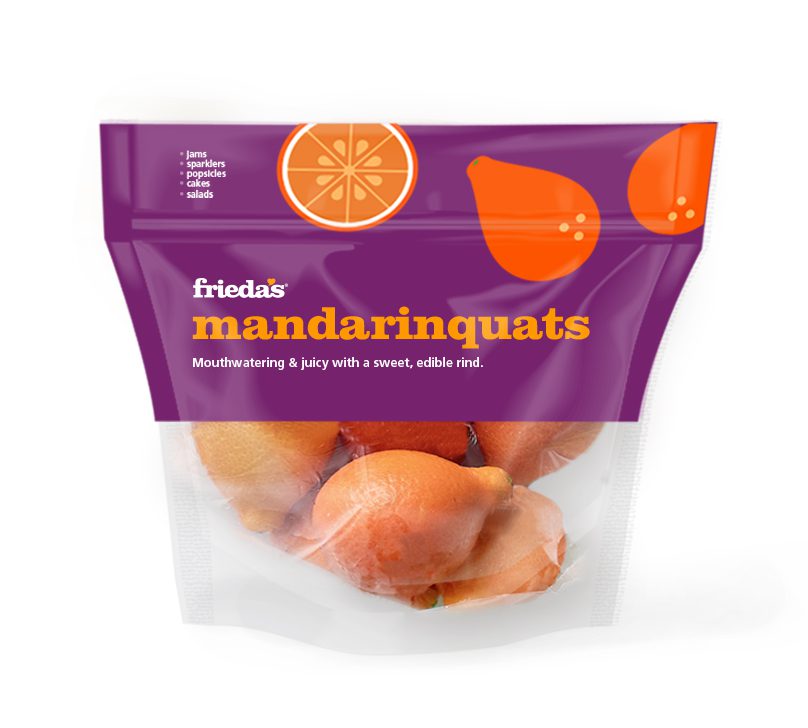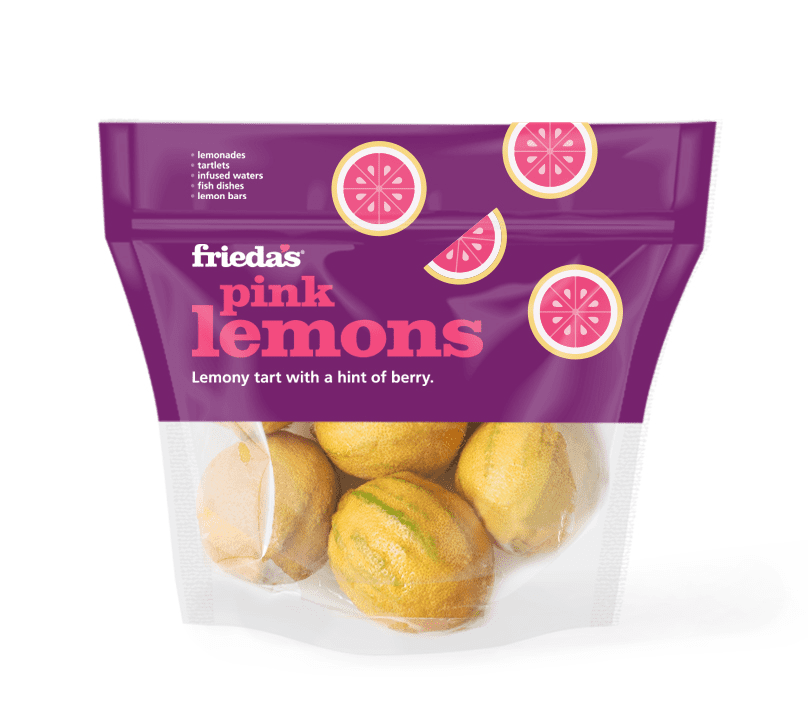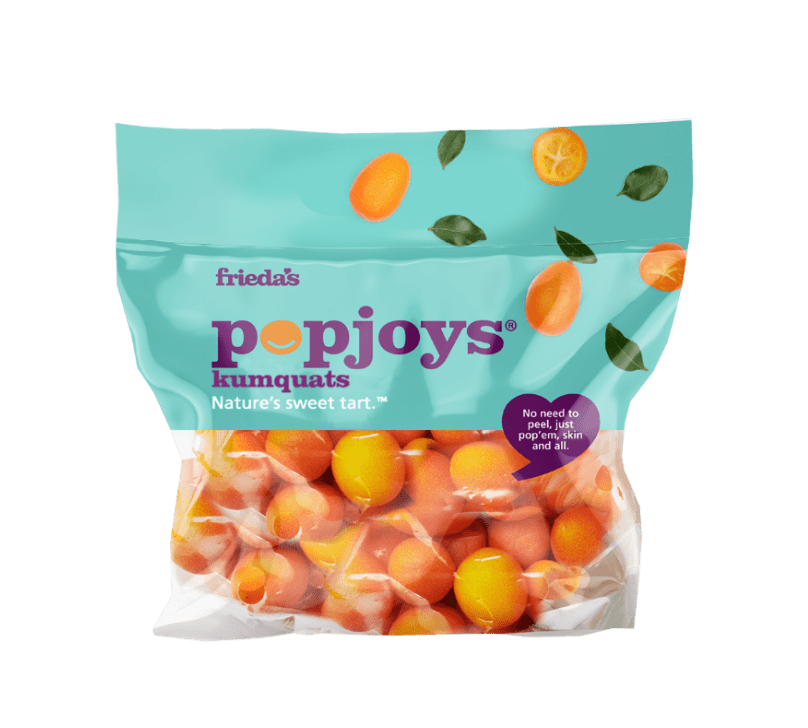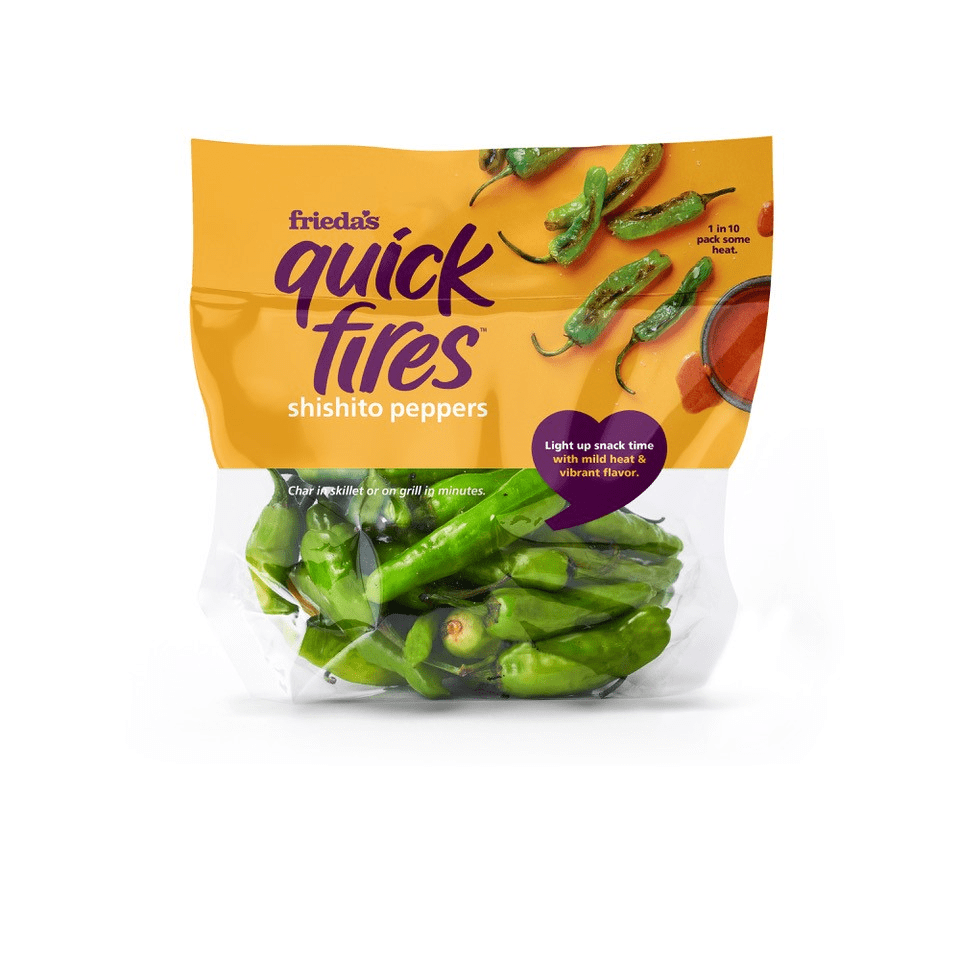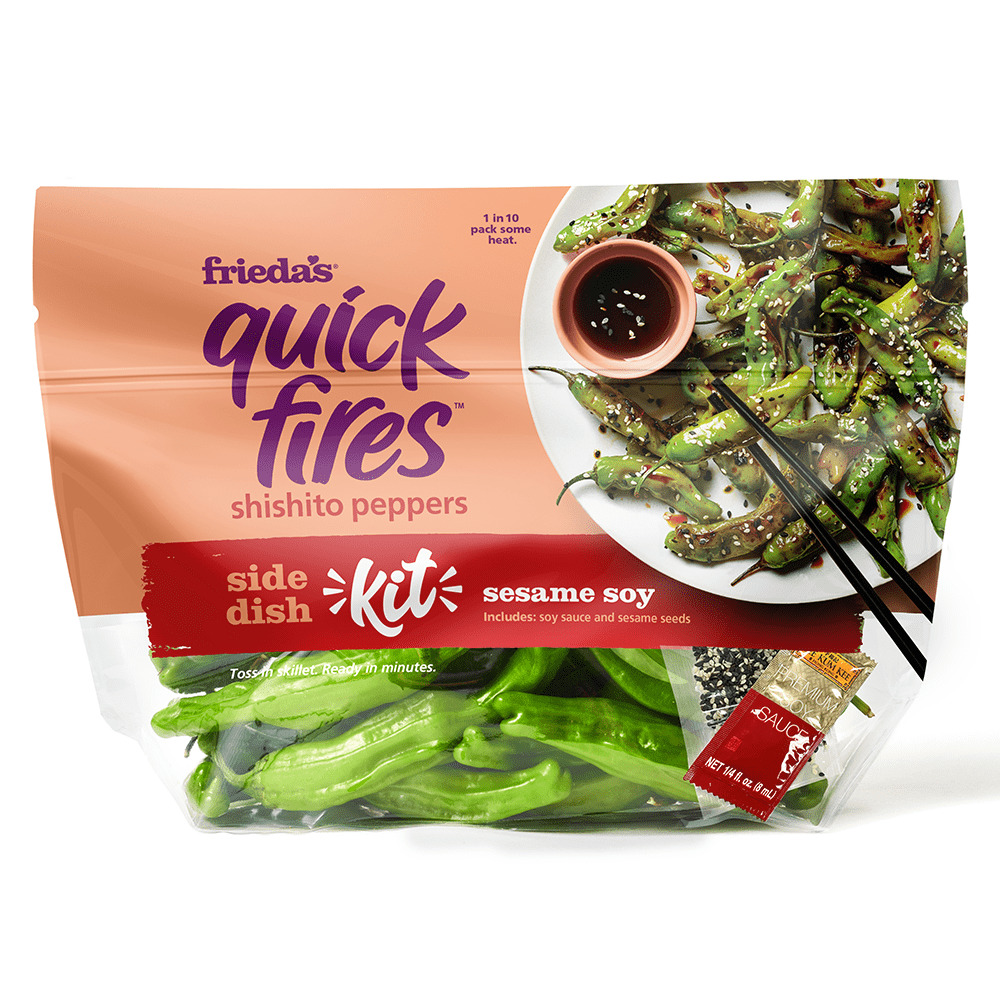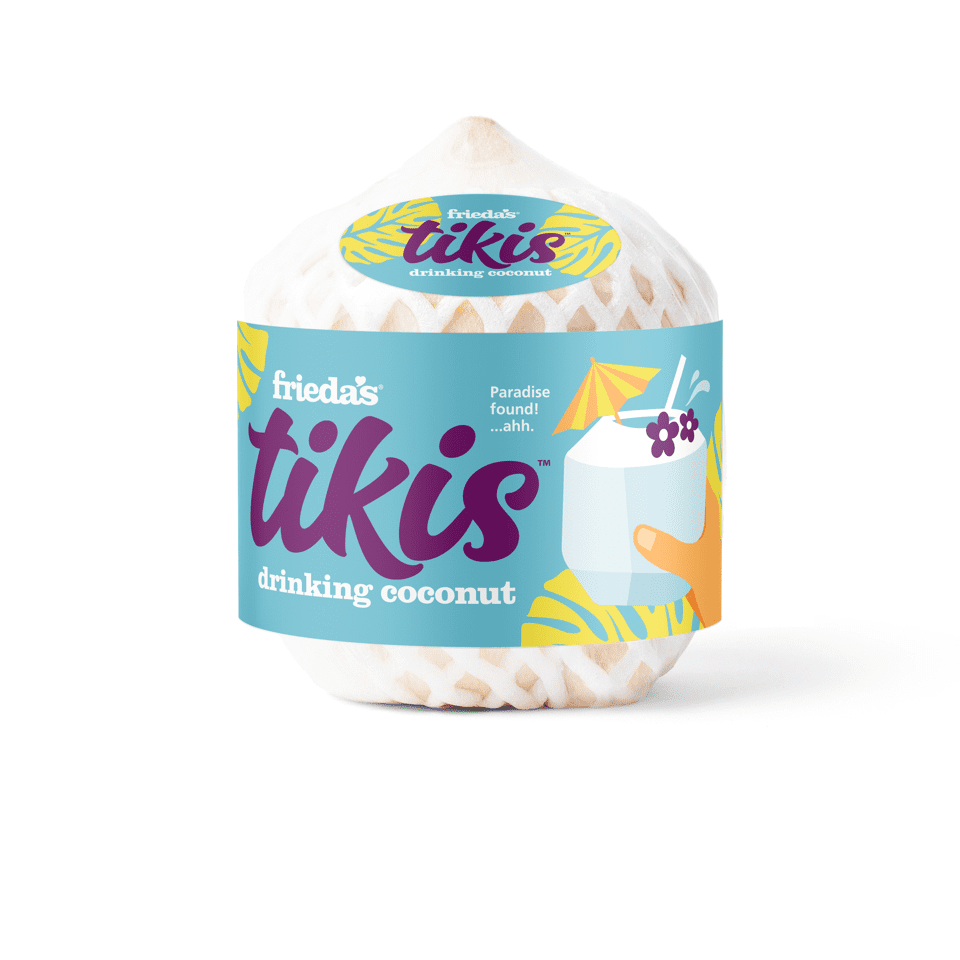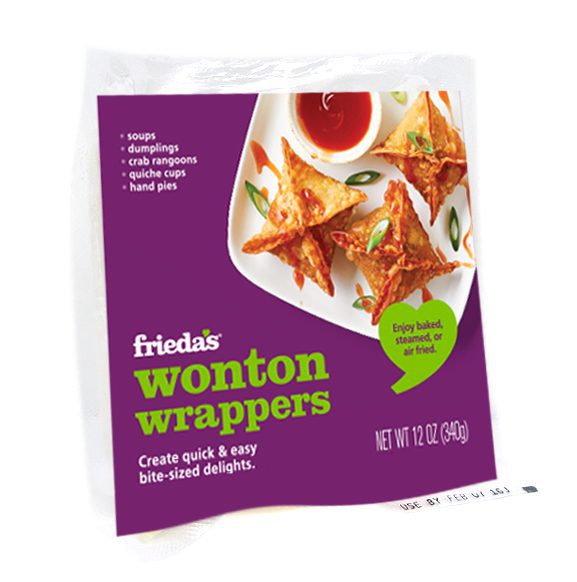Last Friday night, we held a small event at our company for 60 of the most influential women leaders in Southern California. The theme for the event was food, of course, so we invited a few local thought leaders to talk on a panel about the future of food and food trends: Russ Parsons, Los Angeles Times food editor; Colleen Dunn Bates, journalist, restaurant critic and editor/publisher at EAT-LA; and Sue Klug, president of the Southern California division of the Albertson’s supermarket chain.
I served as moderator and had several questions prepared to get the conversation going. Plus, the members of the audience were anxious to ask our panelists their opinions.
My first question was about food trucks. You know those decked-out mobile kitchens that congregate in public venues and sell food. We used to call them “roach coaches” when I grew up on the produce market. (Back then they were mostly selling breakfast foods, sandwiches, burgers and fries.)
Today’s food trucks feature the latest trendy food, whether it is Korean Beef or an awesome Mexican food truck, like the one I saw at an HEB market in Houston, last month, it seems to me that the food truck trend is going strong.
So, when I asked Colleen what she thought of food trucks, I was taken aback when she said, “Food trucks are so 2009!” She said that they were definitely over their peak.
She and Russ told us that, as a replacement for food trucks, they have observed “pop-up restaurants” becoming more present and popular.
Russ commented that the biggest challenge for new restaurant owners is the $4 to $5 million they have to put up to build a conventional restaurant. With a pop-up restaurant, their investment is only about $30,000. Quite a difference!
My third panelist, Sue, shared that even Albertson’s had experimented with a pop-up grocery store in a local mall for Valentine’s Day! It was a low cost way for them to build their brand, sell some additional product, and do some test marketing.
As far as food trends in restaurants, Colleen and Russ agreed that the two top trends are “vegan” foods and “everything pork.” Naturally, I was excited to hear about the growing popularity of vegan food, as eating more fruits and vegetables makes perfect sense to me.
It was also interesting to hear what our panelists had to say about the MyPlate.gov program, sponsored by the USDA to encourage consumers to fill half their plates with fruits and vegetables. Colleen and Russ both thought that although it is a noble goal for consumers to increase their produce consumption, it is unlikely that having the government tell them to do this will make a big difference.
I have to disagree a bit with them, because I know that the policies and programs created by the USDA have a far reach in influencing other decision makers. It affects the WIC program, the fruit and vegetable snacking program and all kinds of federal funding and guidelines.
Even though the launch of this program may not have a short term immediate effect on consumption, I believe that the credibility of the USDA, along with all the supporting messages from my fellow farmers and marketers in the produce industry, will help us educate consumers and shift consumption patterns.
We also discussed food safety, farmers markets and generational differences in cooking knowledge. It was a fun evening and even I learned something new.
Vegan is hot! Food trucks are not!
Karen


